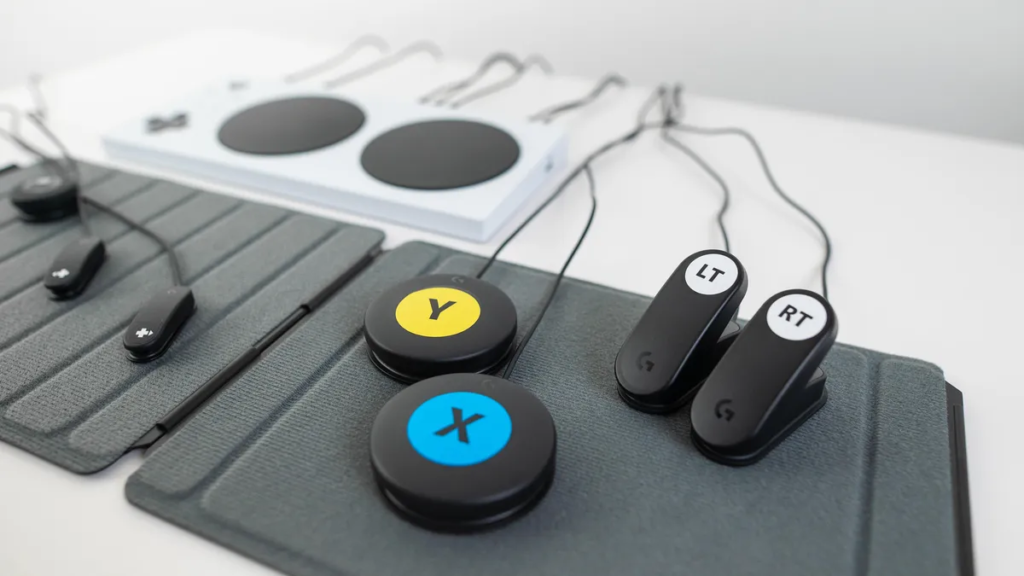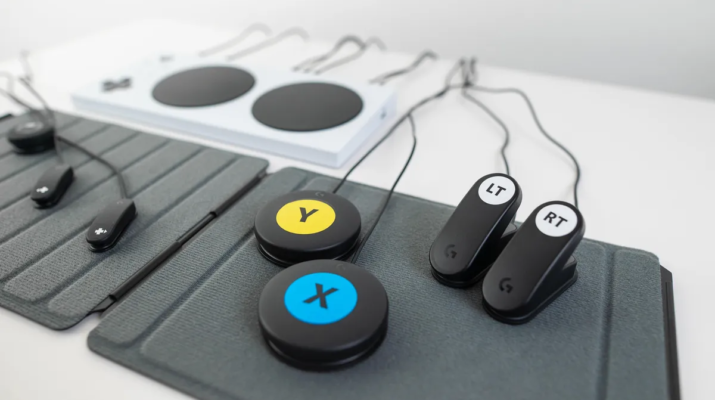Mobile gaming has become a ubiquitous form of entertainment, offering millions of players around the world immersive experiences at their fingertips. However, for individuals with disabilities, accessing and enjoying mobile games can present significant challenges. Assistive technology has emerged as a critical tool in leveling the playing field and making mobile gaming more accessible and inclusive for everyone.
Screen Readers and Text-to-Speech Technology
For players with visual impairments, screen readers and text-to-speech technology are invaluable assistive tools. These technologies convert on-screen text and interface elements into audible cues, allowing visually impaired players to navigate menus, read instructions, and interact with in-game content. By providing auditory feedback, screen readers enable players to participate in mobile gaming experiences that would otherwise be inaccessible to them.
Voice Commands and Speech Recognition
Voice commands and speech recognition technology offer alternative input methods for players with mobility impairments or dexterity limitations. By using voice commands to control gameplay, navigate menus, and execute actions, players can enjoy mobile games without the need for traditional touch-based controls. This functionality empowers players to engage in gaming experiences independently and comfortably, regardless of their physical abilities.
Customizable Controls and Button Remapping
Many mobile games now offer customizable controls and button remapping options, allowing players to tailor the gaming experience to their specific needs and preferences. For individuals with motor impairments or limited mobility, the ability to adjust control schemes and remap buttons can make games more accessible and playable. By accommodating a wide range of control configurations, developers can ensure that mobile games are inclusive and welcoming to players of all abilities.
Haptic Feedback and Tactile Sensory Interfaces
Haptic feedback and tactile sensory interfaces enhance the gaming experience for players with visual or auditory impairments by providing tactile feedback in response to in-game events and actions. Vibrations, vibrations, and tactile cues can convey critical information, alerts, and notifications, allowing players to stay engaged and informed during gameplay. These features add a new dimension to mobile gaming, making it more immersive and accessible to players with diverse sensory needs.
Accessibility Guidelines and Standards
As awareness of accessibility issues in gaming grows, developers are increasingly incorporating accessibility guidelines and standards into their game design practices. By adhering to established accessibility standards, developers can ensure that their games are designed with inclusivity in mind from the outset. This proactive approach not only benefits players with disabilities but also enhances the overall user experience for all players.

Conclusion
Assistive technology plays a vital role in making mobile gaming more accessible and inclusive for individuals with disabilities. By leveraging a variety of assistive tools and features, developers can create mobile games that cater to the diverse needs and preferences of players around the world. As the gaming industry continues to embrace accessibility initiatives, we can expect to see greater strides towards making mobile gaming experiences truly accessible to everyone, regardless of their abilities or limitations.
